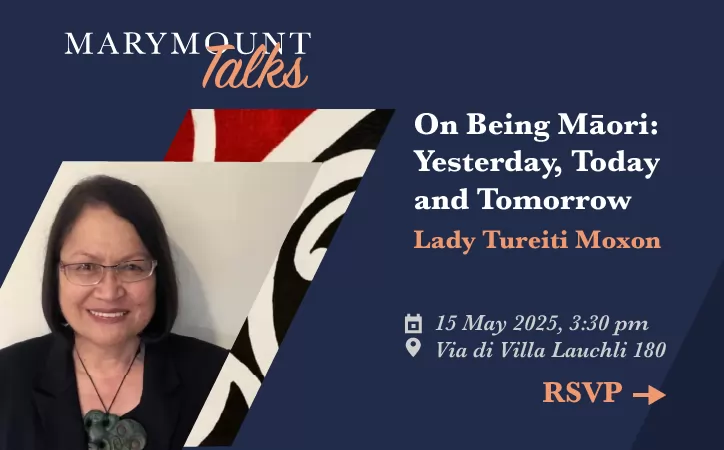Controlling Rome's traffic during the Jubilee year
How to get pilgrims to and from St Peter's.
Cleaning up the city is one project for the Holy Jubilee Year that opens on 8 December. A much more difficult one is how to cope with the traffic. This is the main headache that waits the city's mayor, Ignazio Marino, when he finally returns from holiday later this week.
It is one of the few areas left to Marino under the new command structure decided during his absence, which puts much of the control of the city under Rome's prefect Franco Gabrielli.
One suggested plan for traffic is to hike the toll for pilgrim coaches from the present €200 to €1,000 a day. This could have the double merit of making money for the city and discouraging coaches from coming into the centre of Rome. But the howls of protests from the travel companies are already coming in.
Once into the city what happens then? The most probable scenario is what already happens now – that coaches will drop their passengers wherever they can along the Lungotevere embankments, and then move off to reserved parking spaces.
The closest is the so-called Vatican car park in the Janiculum, specially made for the last Holy Year in 2000. There is also the newly opened car park in nearby Piazza Cavour. There are spaces along Via Gregorio VII and others further away, along Lungotevere Flaminio, close to Viale delle Belle Arti. But these are hardly enough even now so other solutions will have to be found further out.
One of the city's hopes is that many of the estimated 20 million pilgrims will come by air or train, hence the plan to make Stazione Termini the main hub for arrivals and departures. But then? How do the pilgrims arrive at St Peter's? All on the 64 bus?
Trastevere and Ostiense stations, both of which are linked to Fiumicino international airport, are also key locations and already have good connections to the historic centre by tram and express bus.
Once into the centre another hope is that pilgrims will do what pilgrims have always done – walk. Various old pilgrim ways have been suggested: Via Giulia, Via del Governo Vecchio, Via del Banco di S. Spirito, Via dei Pellegrini, Via dei Coronari. These picturesque little streets cross the historic centre, are easily accessible from the embankments and all of them have inviting shops and restaurants.
The most recent suggestion is that Corso Rinascimento (see photo) in front of the senate – between Piazza Navona and the Pantheon – should be re-opened to traffic. This project also includes the semi-pedestrianisation of the adjoining Corso Vittorio Emanuele and its closure to all but pilgrim transport.
But those who know the area know that Corso Rinascimento is already unable to cope with its existing limited traffic of buses and senators' cars. Corso Vittorio Emanuele on the other hand is the only wide street across the historic centre. Closing this will cause backups all across town.
Marino has one advantage. Directing the traffic does not need much money – just a good organisational brain. Maybe he will get some new ideas from his meeting with New York's mayor, Bill de Blasio, before he returns home.

















